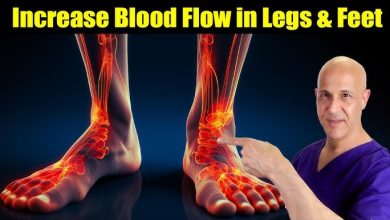Benefits Of Having Oranges During Pregnancy

They are the most secure natural products that pregnant ladies are encouraged to have. An orange is the force place of vitamin C. It is stacked with sustenance that gives extraordinary medical advantages amid pregnancy.Since it is rich in vitamin C, it supports the insusceptible arrangement of the mother to-be furthermore helps in the arrival of iron and zinc from different nourishments, which are indispensable to reinforce the resistant arrangement of the mother as well as of the infant.
By exploration, higher admission of vitamin C amid pregnancy can lessen the danger of a newborn child’s unfavorably susceptible ailment and help with keeping the infant’s mind healthy.Pregnant ladies require no less than 85 milligrams of vitamin C every day. Not getting the prescribed measure of vitamin C might debilitate the mental health of the infant. Consequently, it is best to incorporate this nourishment amid pregnancy.
Here are a few advantages of having oranges amid pregnancy.
Advantages of having oranges amid pregnancy are:
1. Balances Water and Hydration: It is imperative to keep the body hydrated amid pregnancy. Oranges can add to the day by day liquid admission. It additionally gives potassium and sodium that keep up the liquid equalization in the body.
2.Good Source of Folate: The citrus organic product, orange, is a decent wellspring of folate. Folate is an advantageous vitamin for moms to-be. It is valuable for the development of red platelets and new tissues. It likewise helps with the improvement of the placenta.
3.Treats Kidney Stones: Consuming oranges consistently amid pregnancy can expand the pH estimation of pee. It likewise expands the citrus extract discharge from the body. Thusly, this citrus organic product can be viewed as an extraordinary solution for treat a kidney stone issue.
4.Powerhouse Of Carotenoids: The high carotenoid content in orange aides in keeping up the respiratory well being at ideal levels amid a pregnancy stage. Subsequently, pregnant ladies must incorporate this in their everyday diet without come up short.
5.Prevents Hypertension and Constipation: The high potassium content present in oranges forestalls hypertension in pregnant ladies. It is likewise a decent wellspring of fiber that keeps the issues identified with obstruction.
These are the advantages of having oranges amid pregnancy period.
By : Natural Health News




